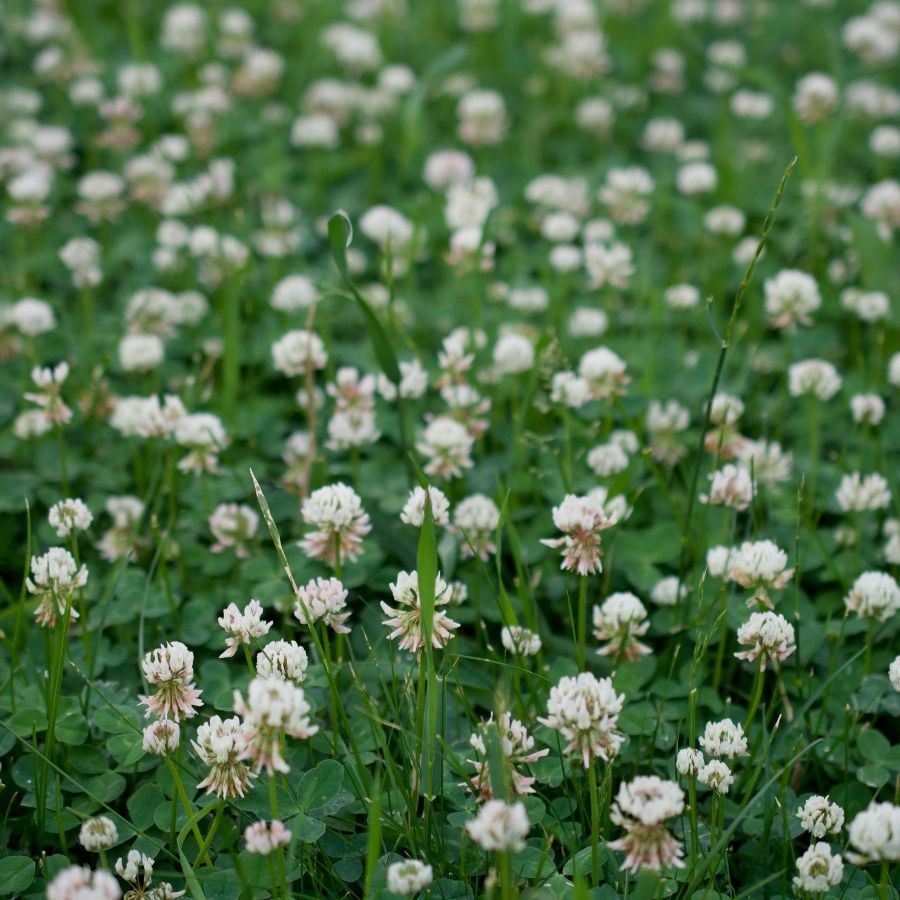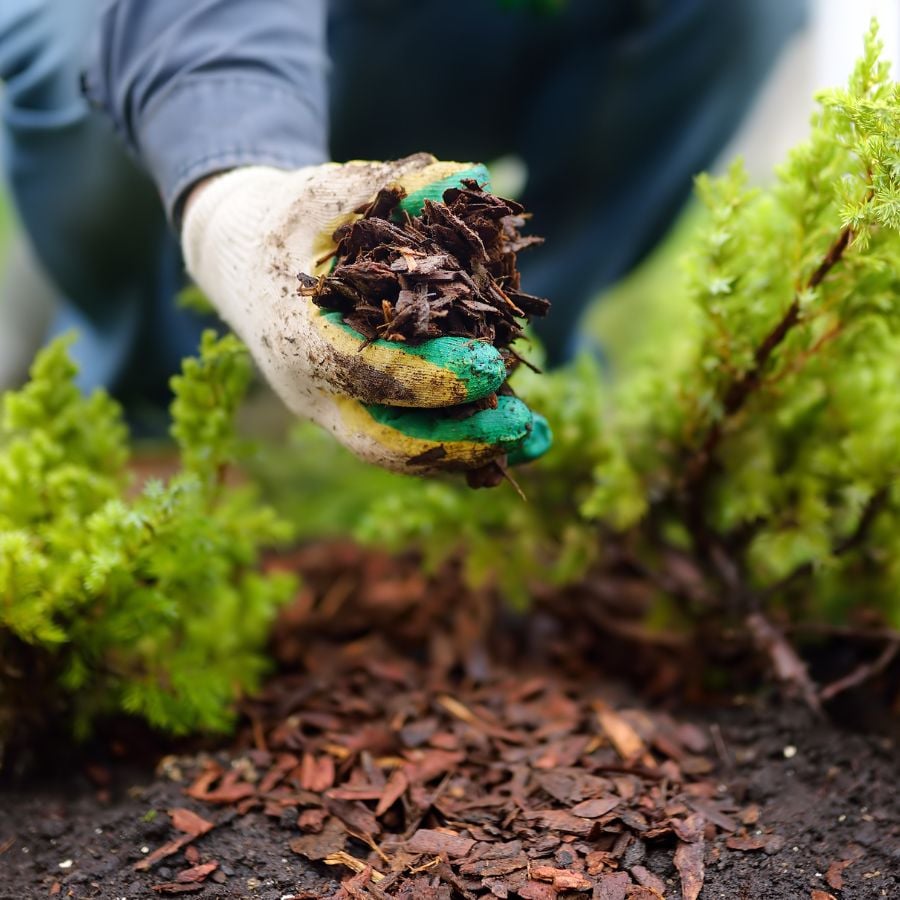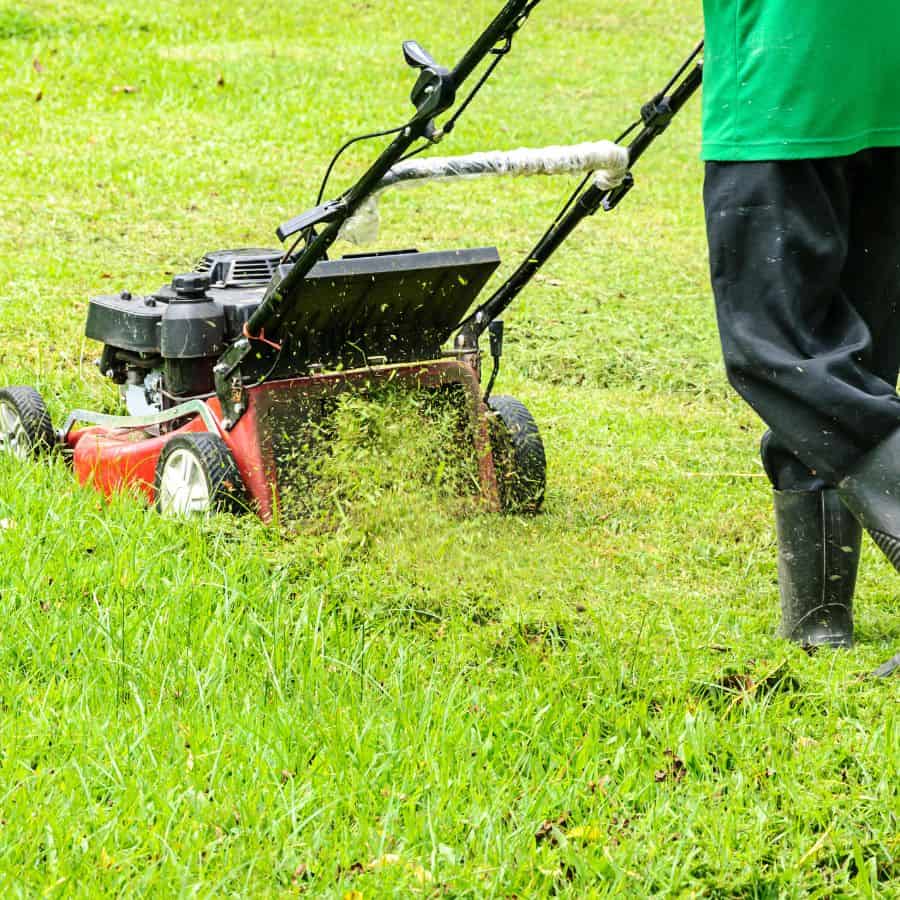Spring has arrived, and so have the uninvited guests that threaten to transform your garden paradise into a wild jungle.
These botanical bullies compete with your precious plants for everything: nutrients, water, sunlight, and they’re not playing fair.
Did you know that a single dandelion can produce up to 15,000 seeds in one season? That’s not just persistence; that’s a hostile takeover plan!
But don’t panic. I’ve got your back with this ultimate guide to identifying, eliminating, and keeping these green invaders at bay.
The Garden Villains: Meet Your 10 Most Wanted
Your garden is under siege from these common spring troublemakers. Knowing your enemy is half the battle!
- Dandelions: Those innocent-looking yellow flowers are actually survival machines with taproots that can grow up to 15 feet deep! They’re like icebergs – what you see is only the beginning.
- Crabgrass: This sneaky grass spreads faster than gossip in a small town, producing up to 150,000 seeds per plant. It’s the marathon runner of weeds.
- Chickweed: Don’t be fooled by its delicate white flowers. This low-growing infiltrator forms dense mats that choke out your plants while you’re not looking.
- Clover: With its distinctive three-leaf pattern, it might seem charming until it colonizes your entire lawn. The Irish may consider it lucky, but your garden certainly doesn’t!

- Purslane: This succulent weed is the zombie of the plant world – even small fragments left behind can regenerate into new plants. Talk about undead!
- Plantain: Not the banana-like fruit, but a stubborn weed with broad leaves and tall seed spikes that mock your weeding efforts.
- Thistle: Armed with spines like natural barbed wire, this painful-to-touch invader dares you to remove it without gloves.
- Bindweed: The serial strangler of gardens, this vine-like menace wraps around your plants like a botanical boa constrictor.
- Creeping Charlie: Also called ground ivy, this relentless creeper forms a dense carpet that smothers everything in its path. It’s the blob of the weed world.
- Wild Onion: You’ll smell it before you see it. These bulbous troublemakers can stink up your garden and are notoriously difficult to eradicate completely.
Weed Removal: Tactics That Actually Work
Forget what you’ve heard about quick fixes; truly effective weed control requires strategy and persistence. Here’s your battle plan:
For hand-to-hand combat with weeds, timing is everything. Attack after rain when the soil is moist; the entire root system slides out more easily. The game-changer for your weed removal isn’t what you think… It’s all about consistency rather than intensity.
- Hand-pulling masterclass: Grip close to the soil line and pull slowly but firmly. For deep-rooted warriors like dandelions, use a specialized weed puller that grabs the entire root.
- Hot water warfare: Boiling water is weed kryptonite for walkways and driveways – it literally cooks them to death without chemicals. (Just keep it away from plants you care about!)
- Flame weeding: For those feeling particularly vengeful, a garden torch can deliver swift justice. Just a quick pass of heat will cause the plant cells to burst – no need for a full-on barbecue!
- Smother them: For larger areas, cover with cardboard or several layers of newspaper topped with mulch. This light-blocking technique is like putting weeds in a permanent timeout.
The Secret Prevention Arsenal: Stop Weeds Before They Start
The secret most plant experts won’t tell you is that preventing weeds is infinitely easier than removing established ones. An ounce of prevention is worth a pound of backbreaking weeding labor!

I was shocked to discover that up to 60% of weed seeds can remain viable in the soil for more than 20 years. They’re playing the long game, but so can you with these prevention strategies:
- Mulch like you mean it: Apply 3-4 inches of organic mulch to create a light-blocking barrier that weeds can’t penetrate. It’s like throwing a blanket over the problem, but it actually works!
- Landscape fabric: For serious protection, lay this down before adding decorative rock or mulch. Just remember to cut proper holes for your plants.
- Close the gaps: Plant densely in beds so desirable plants shade the soil, leaving no sunny real estate for weeds to colonize.
- Corn gluten meal: This natural pre-emergent herbicide prevents weed seeds from germinating while feeding your lawn. Talk about a win-win!
Natural vs. Chemical Solutions: Choose Your Weapons Wisely
Most people make this mistake with their weed control: they either go full chemical warfare or stubbornly stick to ineffective natural remedies. The smart approach combines the best of both worlds:
Natural options that actually deliver:
- Vinegar, salt, and dish soap mix: This homemade herbicide is lethal to young weeds. The vinegar desiccates, salt dehydrates, and soap helps it stick. Apply on sunny days for maximum impact.
- Corn gluten meal: Apply in early spring to prevent seeds from sprouting while feeding your lawn.
- Boiling water: Simple but devastatingly effective on walkway weeds.
When to consider chemicals (responsibly):
- For truly stubborn invasions, selective herbicides that target specific weed types minimize collateral damage.
- Always follow label instructions precisely; more is definitely not better!
- Apply on windless days to prevent drift onto desirable plants.
- Consider spot treatments rather than broadcast applications.
The Lush Lawn Strategy: Your Best Defense
Your lawn is trying to tell you something important: a thick, healthy turf naturally crowds out weeds! It’s like having an army of grass soldiers fighting your battles for you.
Transform your lawn into a weed-resistant paradise with these pro tips:
- Mow higher: Set your mower blade to 3-4 inches. Taller grass shades the soil, preventing weed seeds from germinating. Those quarter-inch military buzz cuts actually invite weeds!
- Water deeply but infrequently: This encourages grass to develop deep roots that can outcompete weeds. Think marathon training versus sprint training for your lawn.
- Fertilize strategically: Feed your lawn when it’s actively growing, typically spring and fall, to give it the competitive edge.
- Aerate annually: Those little soil plugs might look messy temporarily, but they allow water, air, and nutrients to penetrate, creating a lawn that’s dense enough to make weeds feel unwelcome.

Your Seasonal Game Plan for Total Weed Domination
The difference between amateur and pro plant parents is simply timing. Follow this calendar to stay ahead of the weed invasion:
- Early Spring (Before the Invasion): Apply pre-emergent herbicides or corn gluten meal before soil temperatures reach 55°F. This is your first line of defense!
- Mid-Spring (First Counterattack): Remove flowering weeds before they set seed. One dandelion eliminated now prevents thousands later.
- Late Spring (Maintenance Mode): Regularly patrol for breakthrough weeds and remove them immediately. Stay vigilant!
- Summer Through Fall (Strategic Reinforcement): Continue mulching, proper watering, and spot-treating problem areas to maintain your advantage.
Remember, weed control isn’t a one-and-done event. It’s an ongoing relationship with your garden. But with these strategies, you’ll no longer be outmatched by these persistent invaders. Your vibrant, flourishing garden will be a stunning testament to your victory in the weed wars!
Ready to reclaim your garden from these botanical bullies? Start by identifying your main offenders, then systematically eliminate them using these battle-tested techniques. Your plants will thank you with spectacular growth when they’re no longer fighting for resources!